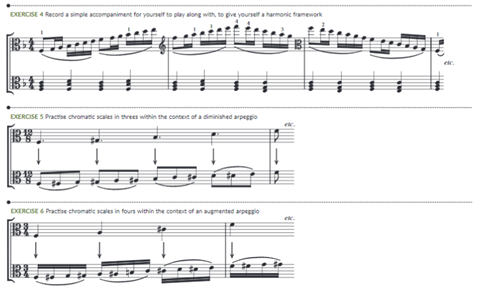Chief conductor and Sydney Conservatorium associate viola professor Roger Benedict presents his scale system

The following is an extract from The Strad’s Teachnique article on Scales for Violists, published in our June 2020 issue. To read in full, click here to subscribe and login. The June 2020 digital magazine and print edition are on sale now.
Intonation (Equal Temperament)
If the instrument isn’t in tune it will be difficult to play scales in tune, but many people don’t know how to tune their instrument properly. On the viola, if we tune to an A and then adjust the three strings below it in absolutely perfect 5ths, the C string will sound flat compared to the A. (As it will against an open E violin string.) To solve this problem:
- Play a C on the G string, tuned to the open C string, with an A on the D string, tuned to the open A string.
- That 6th will likely sound slightly too wide. Retune the strings until it sounds acceptable. Each pair of strings in 5ths should still sound in tune.
Harmonic context
Scales aren’t only about building speed, fluency and agility. They are also about harmony and sound. Practising them in a harmonic context will change the way you pitch each note, so try playing with a simple accompaniment (exercise 4), which you can record for yourself. Developing an understanding of harmonic structure can be especially useful for chromatic scales: so often I hear students begin in one key and end in another! That’s unlikely to happen if you use a harmonic framework (exercises 5 and 6).

Playing with a drone can help too: it strengthens the feeling that scales are sequences of intervals, not just lines of independent steps. Play F major slowly in linked bowing over a drone F. Record yourself playing the drone and play the scale over the top. (Avoid using a tuner because it will alter the way you hear the sound.)
Read: The Tetzlaff Quartet on recording Beethoven
Read: A genuine Amati or a clever fake?
Read: Top soloists discuss working with conductors
Read: New translations of Sarasate’s letters
Read: Bows from the courts of Napoleons I and III
Explore more Technique articles like this in The Strad Playing Hub



































No comments yet